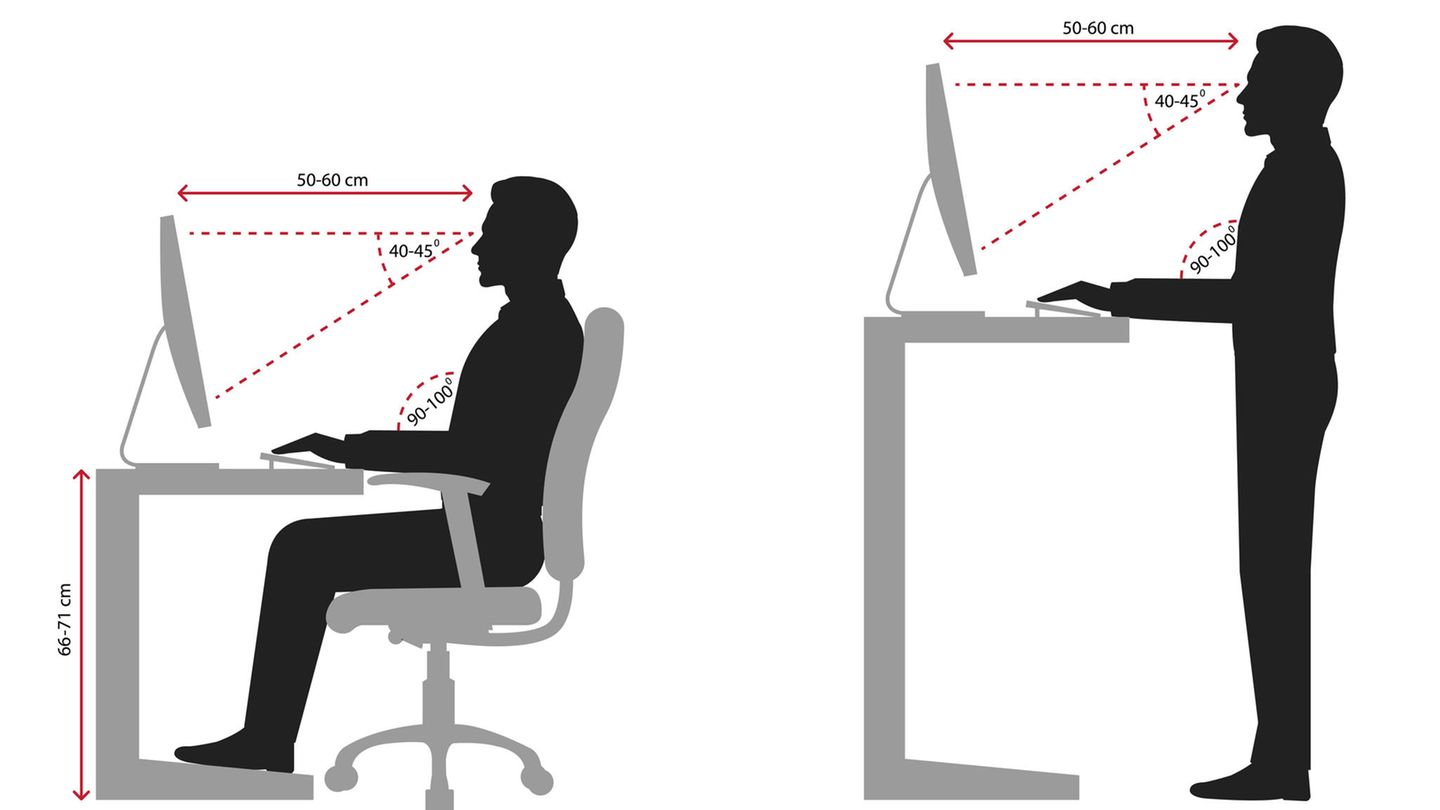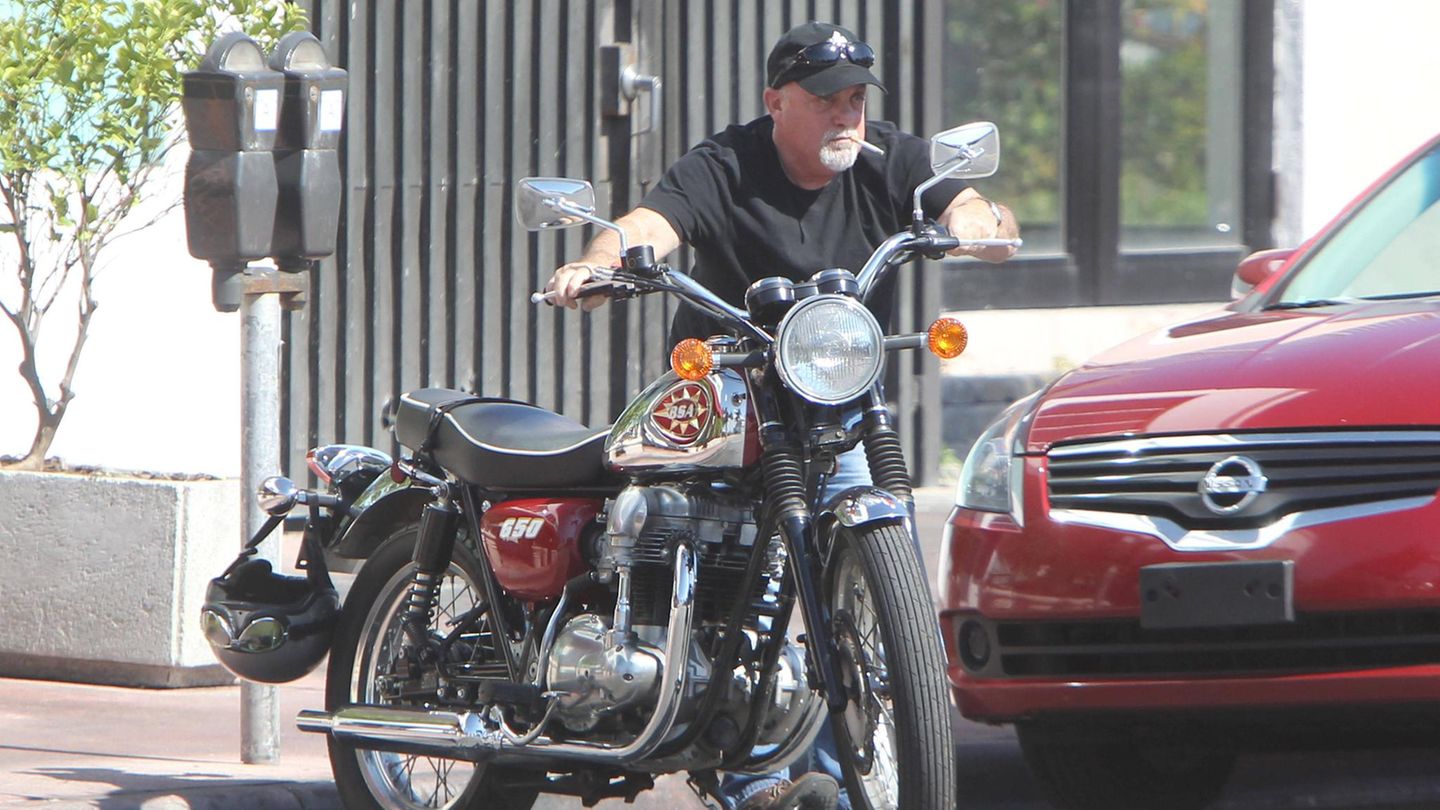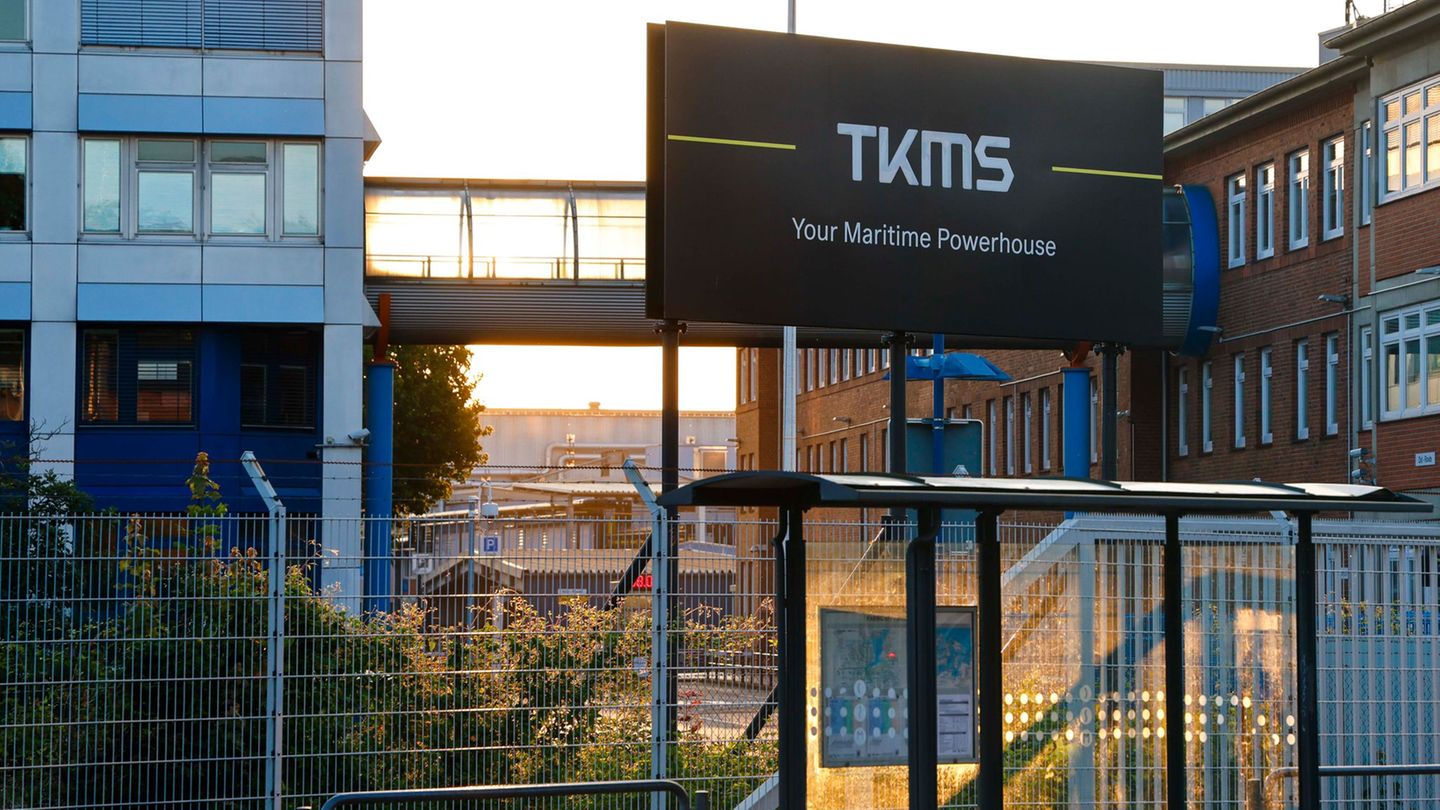The weather forecast is good: While cumulus clouds and fog fields still dominate throughout the state in the morning, the view will be clear shortly after 11 a.m. Mild temperatures of up to 19 degrees lure you out into the fresh air during your lunch break. Best conditions for tomorrow’s partial solar eclipse. In Upper Austria you can watch the astronomical spectacle between 11:14 a.m. and 1:23 p.m. The maximum occultation of the sun by the earth satellite is reached in Linz at 12.18 p.m.
The exact times vary even within Austria: in Vienna the solar eclipse ends five minutes later. “The further east a place is, the longer the eclipse is visible. So you have the best visibility in the world in Siberia,” says Günther Martello from the Kepler Observatory in Linz. In Upper Austria, the moon will cover the sun by up to 27.4 percent. So it doesn’t get really dark. “Honestly, you won’t really notice it in the light conditions,” says Martello. However, the event is not unspectacular – if only because the next (partial) solar eclipse is yet to come takes place on March 29, 2025.
Not without proper eye protection
The astronomers at the Linz Observatory will set up their equipment tomorrow on the forecourt of the Ars Electronica Center and, starting at 11 a.m., invite those who are interested to view the solar eclipse through professional telescopes. Martello strongly advises against looking directly at the sun without appropriate protection: “Simple sunglasses or other tools are not enough.” He recommends only using specially tested glasses that do not have any scratches or holes.
However, Martello has a trick ready for those who don’t have such glasses at hand: “A rescue blanket also works, but it’s important to fold it up, so take it twice,” advises Martello.
What happens during a solar eclipse?
This interactive graphic is disabled
Please activate the category targeting cookies in your cookie settings to view this item. My cookie settings
Source: Nachrichten




